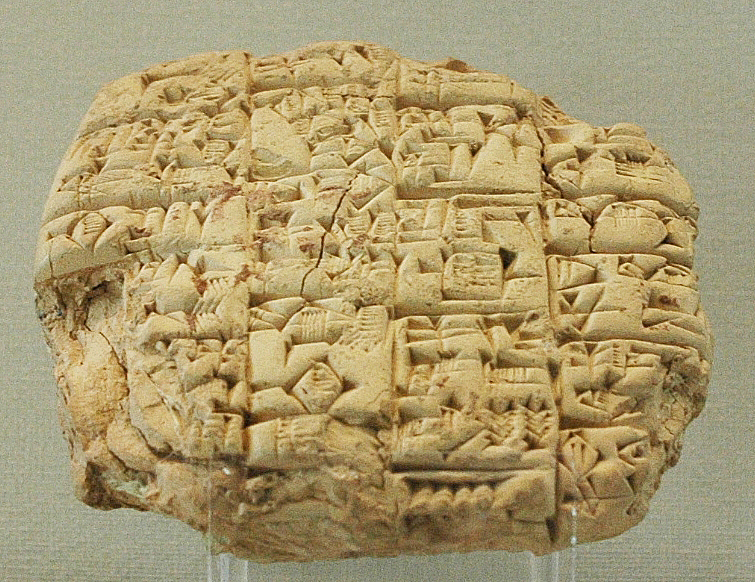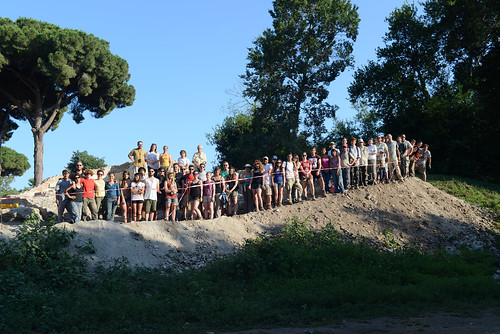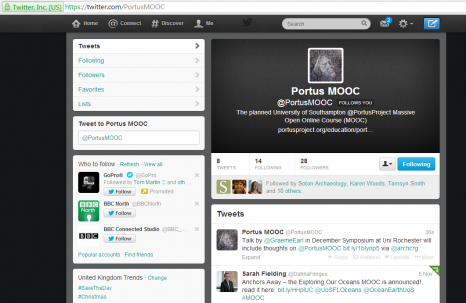
New city wall discovered at Ostia
Newly discovered features at Ostia (Satellite imagery courtesy of Digital Globe Inc)
Researchers from the universities of Southampton and Cambridge have discovered a new section of the boundary wall of the ancient Roman port of Ostia, proving the city was much larger than previously estimated. The team, led by Professor Simon Keay (Southampton) and Professor Martin Millet (Cambridge), has been conducting a survey of an area of land lying between Ostia and Portus.
Continue reading →






